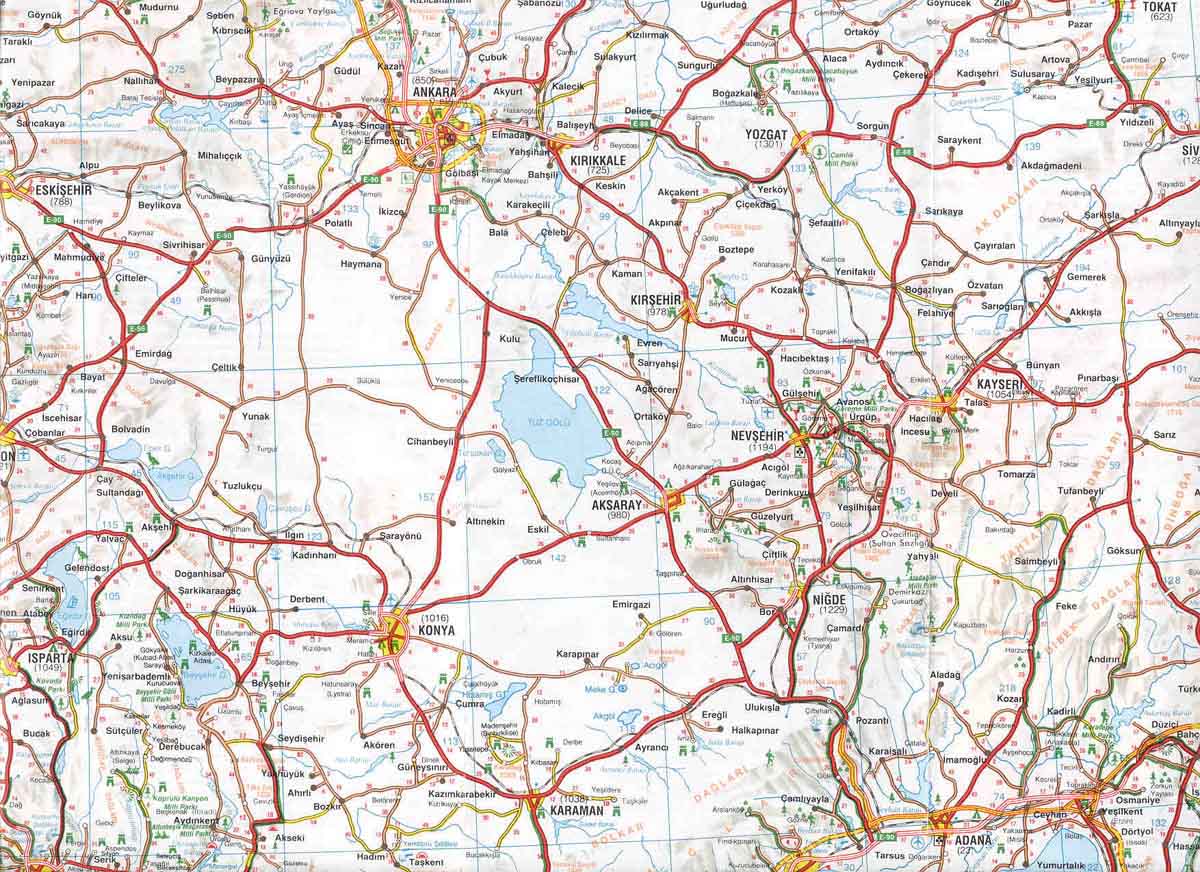Sealy and Pfeieffer, 2000. Diet, Body Size and Lanscape Use among Holocene People in the Southern Cape, South Africa. CA 41(4):642-654. Stable isotope (nitrogen) analysis of a series of Kalahari San skeletons spanning the last 10,000 years
Dobson and Geelhoed, 2001. On the Chatelperronian/Aurignacian Conundrum: One Culture, Multiple Human Morphologies. CA 42(1):139-140. Totally unconvincing paper that tries to relate Neandertal morphology to thyroid problems and/or iodine deficiency.
Karavanic and Smith, 2000. More on the Neanderthal Problem: The Vindija Case. CA 41(5):838-839. Short article discusses a issue conected with interpreting lithics discovered at Vindija.
Russell, Martin and Buitebhuis, 2005. Cattle Domestication at Catalhoyuk Revisted. CA 46 (Supplement):S101-S108. This was an interesting article. The Anatolian city of Catalhoyuk was primarily excavated by Mellaart during the 1960's. Excavations started again in 1995 (under the direction of Ian Hodder)and have continued to the present. Catelhoyuk has always been considered a "center" of animal domestication. However, this paper indicates this picture is erroneus. The authors conclude that domestication occured first in the northern Levant and spread west through Anatolia reachin Hoyucek and Asikli Hoyuk by the end of the occupation at Catalhoyuk (Yes,I know they all have accent marks but I don't have the fonts to do them). Below is a map of the Region. South of Ankara is a city called Konya. Catalhoyuk is south and a little east of Konya.

James and Petraglia, 2005. Modern Human Origins and the Evolution of Behavior in Later Pleistocene Record of South Asia. CA 46 (Supplement):S3-S26. Discusses the archaeological and fossil records of South Asia - mainly from an Out-Of-Africa perspective.
Bonneuil, Noel, 2005. Fitting to a Distribution of Deaths by Age with Application to Paleodemography: The Route Closest to a Stable Population. CA 46 (Supplement): S29-S45. Esoteric issues in paleodemography.
Cyphers, Zuniga and Castro, 2005. Another Look at Bufo marinus and the San Lorenzo Olmec. CA 46 (Supplement):S129-S133. Current ideas have Bufo toxins being used among the early Preclassic Olmecs in shamanistic rites. The authors examine the archaeological context of toad remains in San Lorenzo and conclude that, in the early Preclassic, the Olmec were not exploiting marine toads. Rather most of the toad remains represent modern toads "...living and dying in their preferred habitat." Consequently, they are secondary intrusions in the early Preclassic strata.
Dennell and Roebroeks, 2005. An Asian persperctive on early human dispersal from Africa. Nature 438:1099-1104. Fascinating discussion of early hominin presence in Asia. I will be doing a post on this when time permits. Definately a must read for anyone interested in Paleoanthropology.








